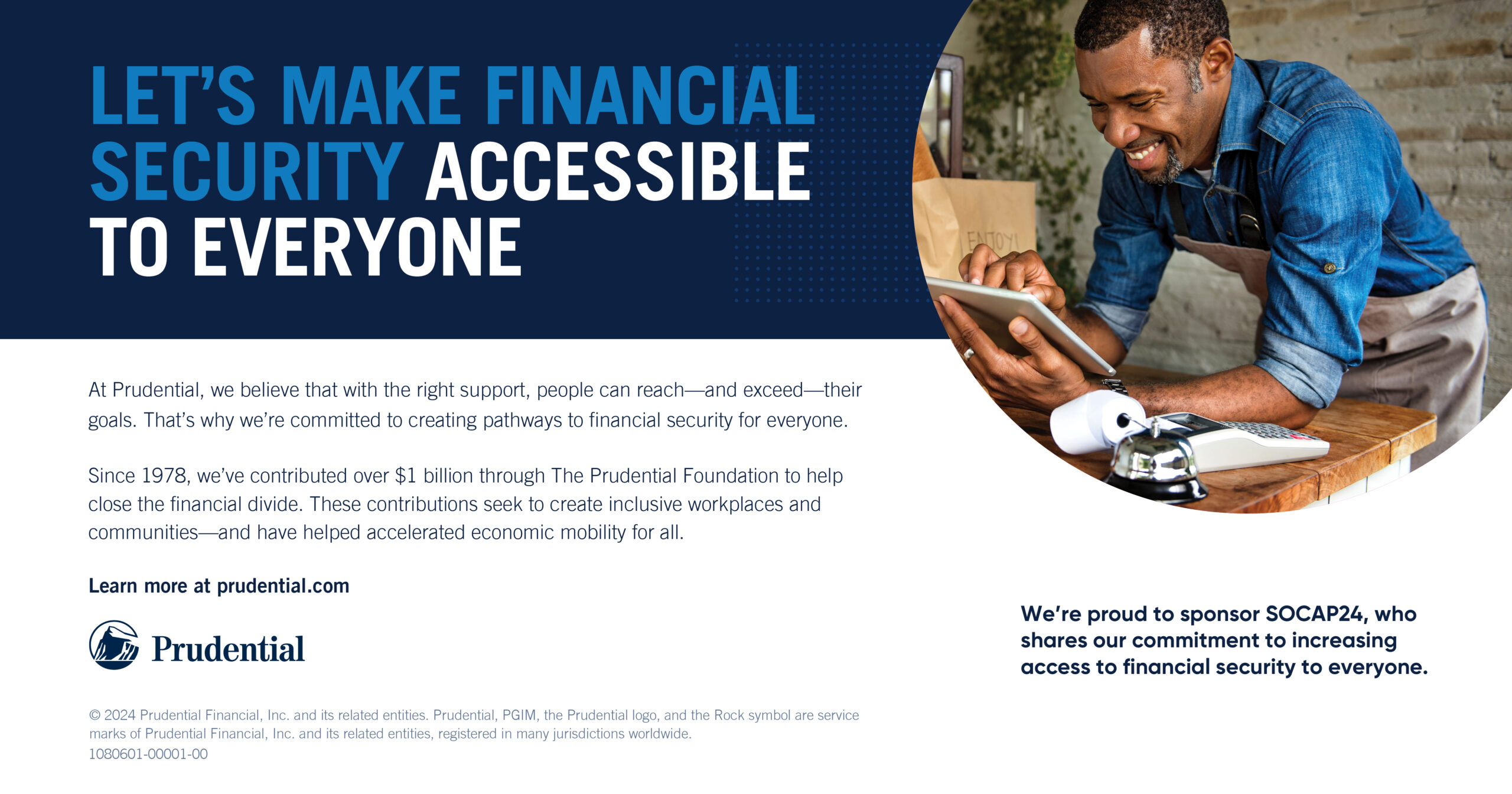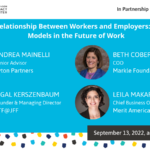We are in an era of competitiveness. Organizations must implement innovative strategies that attract and retain top talent. Policies that integrate women in the workplace are integral to supporting women to remain in the labor force and achieve their full potential.
The parental leave landscape in the US is slowly changing. The #MeToo movement, mobilization of women, and prominent advocates of paid family leave legislation are putting significant pressure on organizations to support and implement paid parental leave policies. In fact, more than 1 in 3 US employers now offers paid maternity leave. More and more employers are realizing that this is not only a corporate social responsibility, but it makes financial sense.
There are several benefits of paid parental leave for families and organizations. Some of the positive effects of paid parental leave include improved health outcomes for birth mothers and newborns, reduced costly workforce turnover, happier and more engaged employees, and increased productivity and profitability. Parental leave policies are also integral to enhancing women’s attachment and participation in the workforce. The US is currently experiencing a 5 million person labor-force shortage, making the ‘war for talent’ reach unprecedented levels. Women, and in particular working moms, play a critical role in filling the talent pipeline, but they must be supported to stay in the workforce while still being mothers. Paid parental leave policies are a start.
Without an organizational parental leave policy in place, women often have little choice but to quit their jobs to care for their newborns, especially if they choose to stay home for a prolonged period of time. Data from the US National Longitudinal Study of Youth finds that paid parental leave increases the likelihood that a mother will return to her job by 69 percent, compared with mothers who have no access to leave. Leaving a role significantly impacts a woman’s career progression, as it often forces her to re-enter the workforce in an entry-level position. Across US organizations, fewer women are in upper management positions (only 22 percent), as most hold entry-level jobs (51 percent), despite being more educated than their male co-workers (57 percent of women have bachelor’s degrees compared to 43 percent of men). Education is not the solution to this problem. Instead, parental leave, particularly paid leave, gives mothers the time they need to balance family needs with their career, and allows them to re-enter the workforce when they are ready to thrive.
Employers who want to further support and embed women throughout their organization must implement an inclusive parental leave policy that offers paternity and secondary caregiver leave, as well. Equal access to leave, after the birth or adoption of a child, fosters an even distribution of caregiving between parents. Ultimately, this reduces the length of time a mother is on leave or out of the workforce, as the other parent has the opportunity to take time off to care for their child. Since California’s paid family leave policy came into effect in 2004, a significantly increasing number of men are taking advantage of family leave. In 2005, 17 percent of Californian men took a leave of absence to care for a newborn or newly adopted family member, and by 2010 this number rose to 26 percent. If both female and male employees have access to leave and are encouraged to use this benefit, the social norm of women being the primary caregivers will shift. This is important, as it reduces society’s bias that females are less committed employees, giving them a more equal playing field when applying for professional opportunities and promotions.
So, what can your organization do to support women to remain in the workforce?
To be considered an employer of choice in the modern workforce you must provide paid parental leave benefits. In fact, by 2025, 75 percent of the global workforce will be comprised of millennials who demand family-friendly policies and would be 83 percent more likely to join a company that has a parental leave policy in place. A good parental leave policy should:
- be paid
- provide at least 12 weeks leave
- be inclusive and offered to all employees regardless of gender
It is also essential that employers foster a culture that encourages the use of parental leave by building awareness of the policy, leadership role-modeling, and promotion of women and mothers to upper leadership positions. Upskilling managers on how to effectively support parental leave is also critical. Too often parents experience bias based on the perception of their desire, ability, or commitment to doing their job. This is detrimental to retaining and attracting a talented and diverse workforce.
Organizations can shift the narrative when it comes to working mothers’ place in the workforce. By implementing policies that support all parents, having senior leadership role model work-life integration, and creating a system for effective leave management, the narrative can and will start to shift. This is a cultural, societal, and human imperative.







